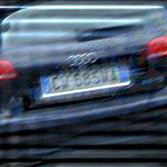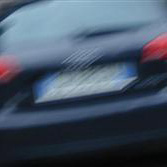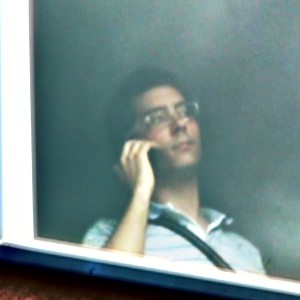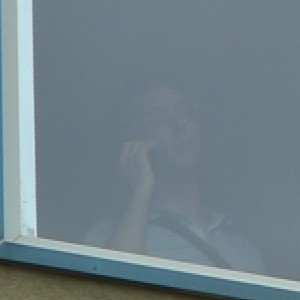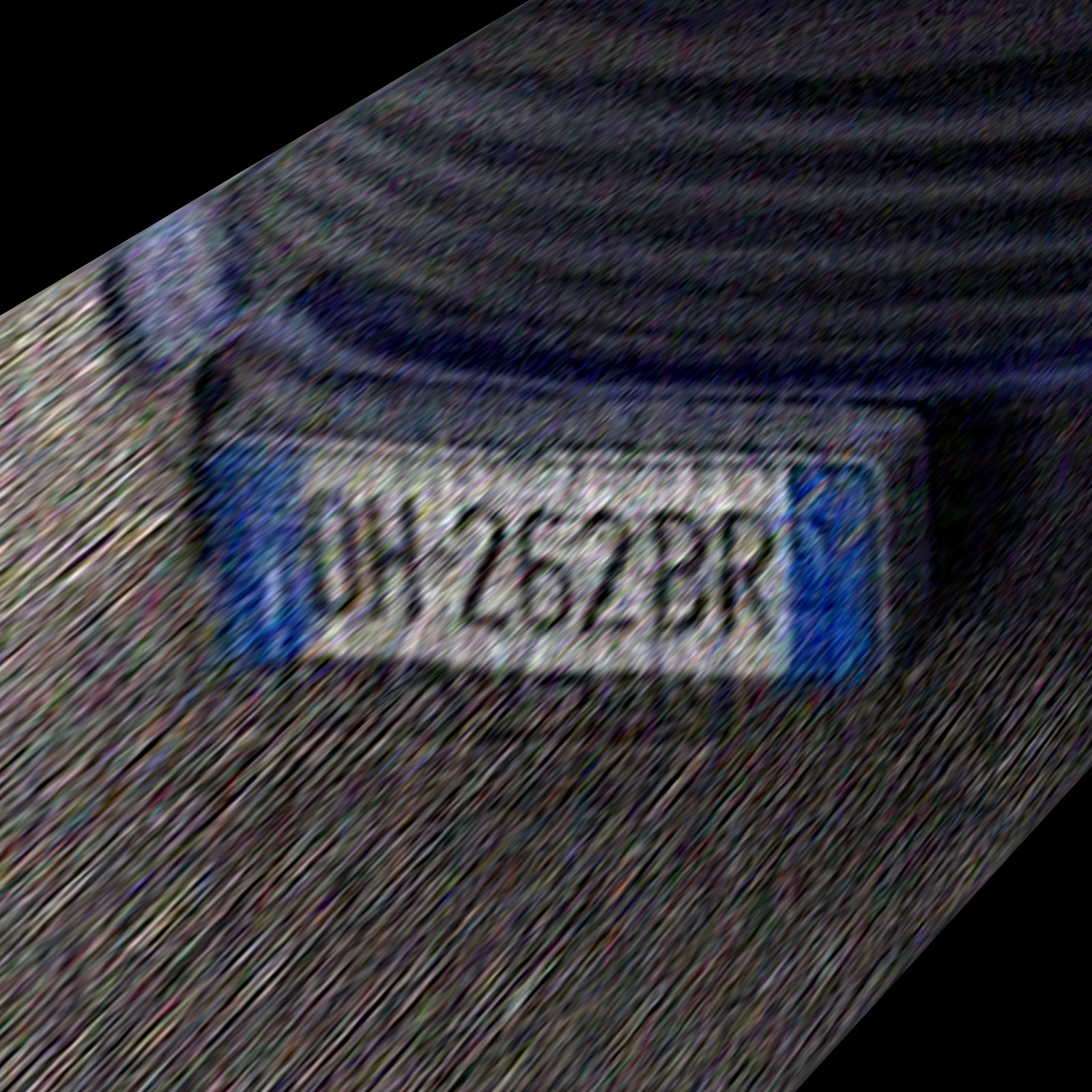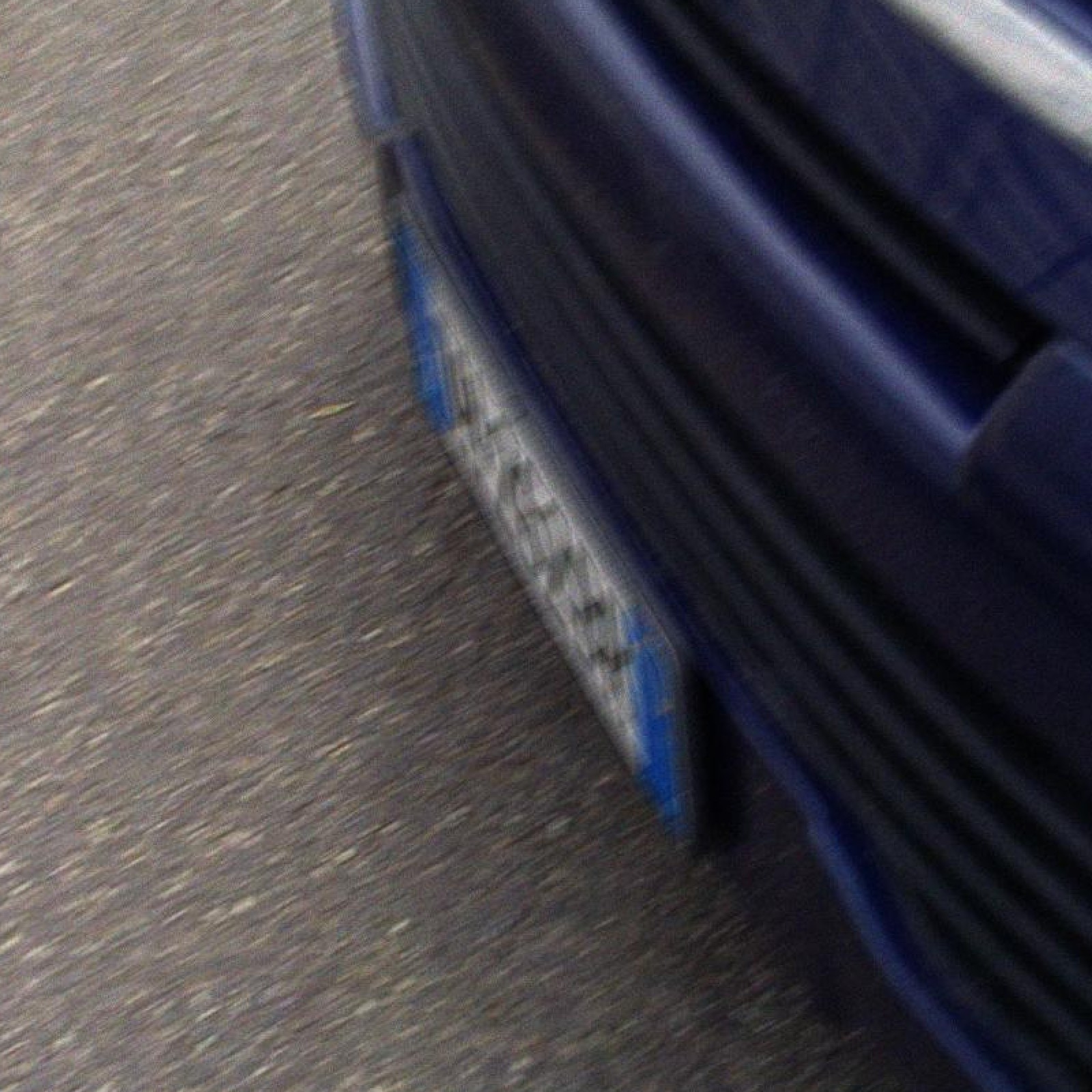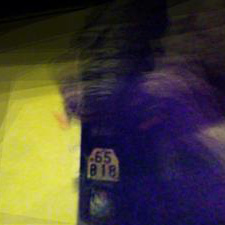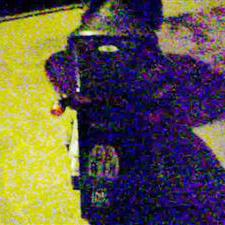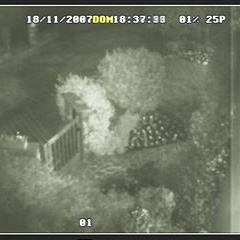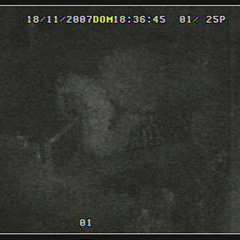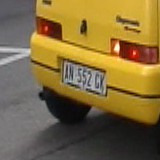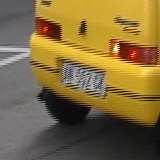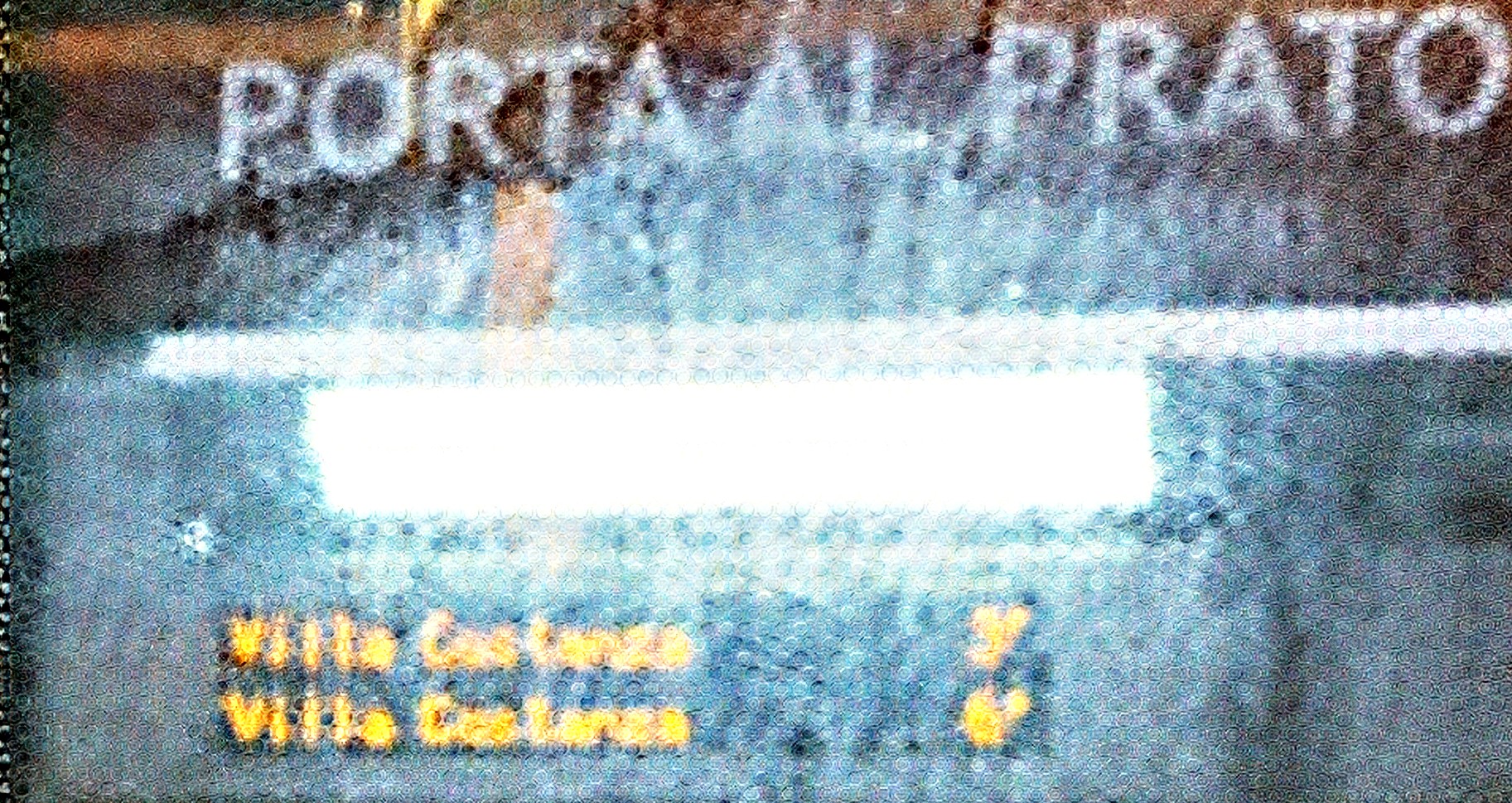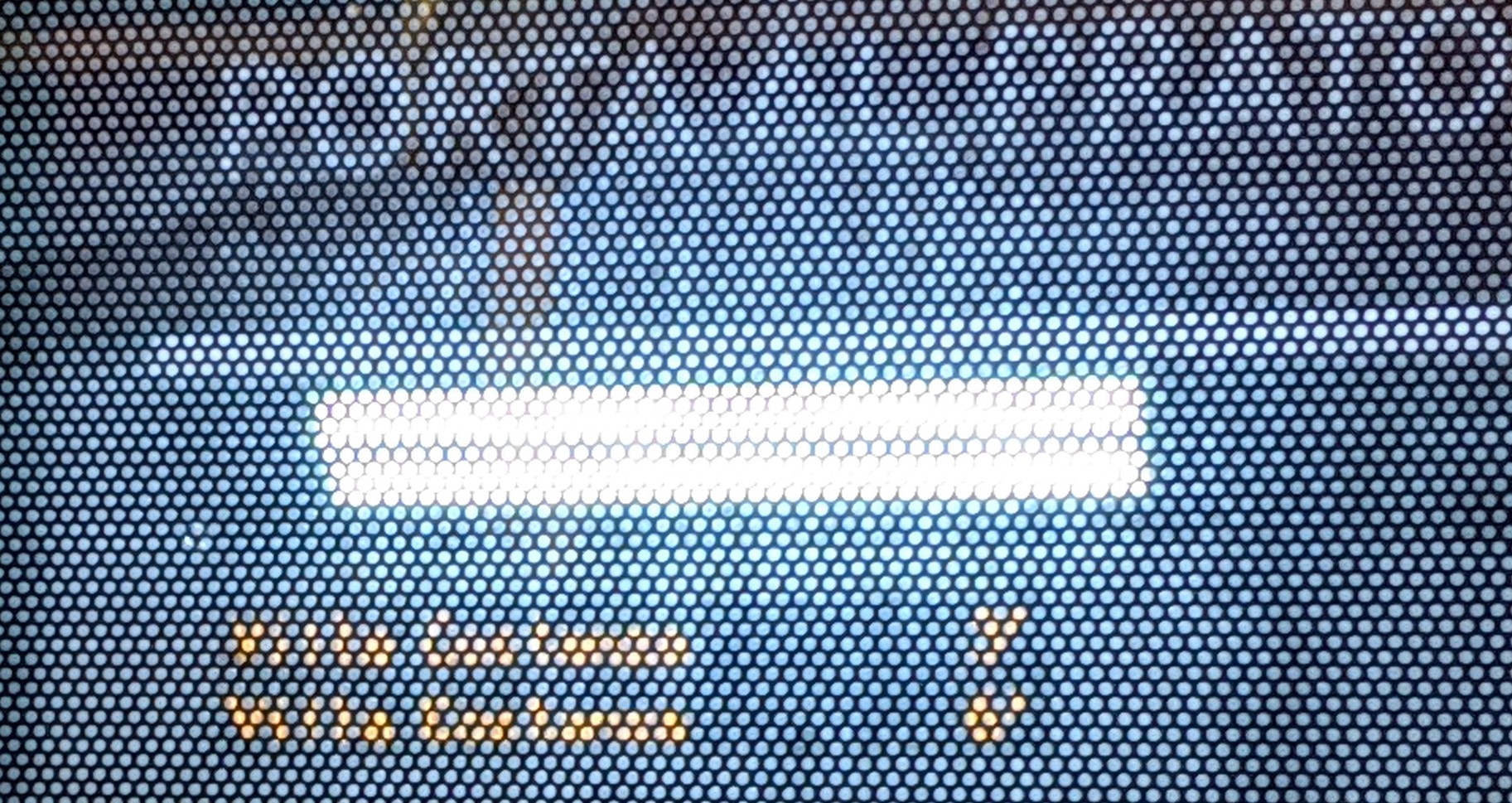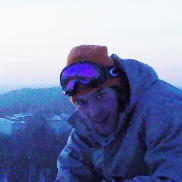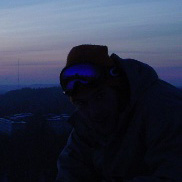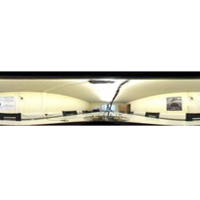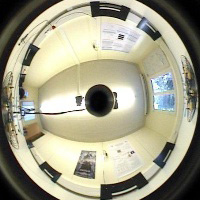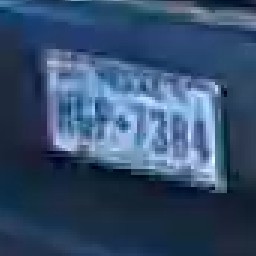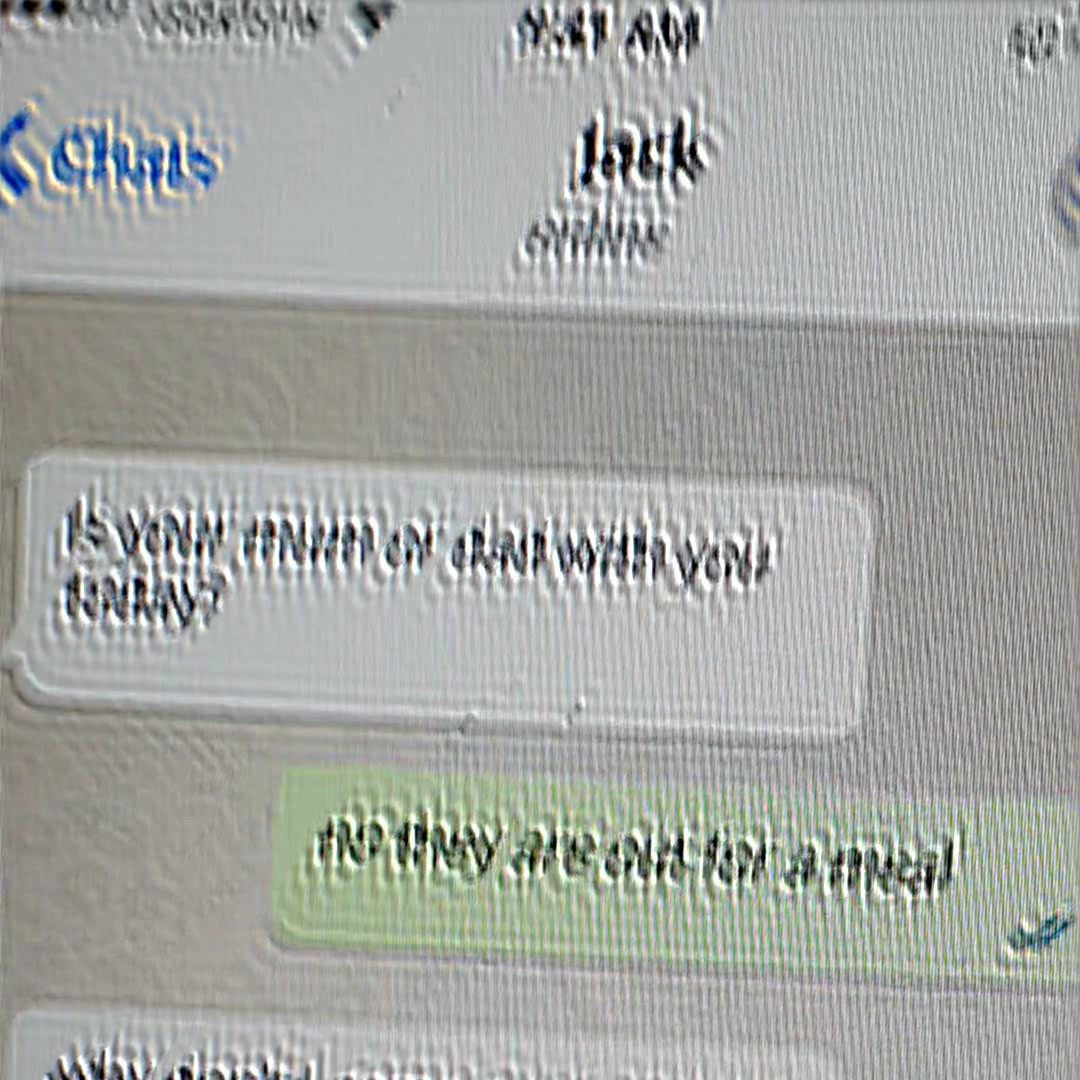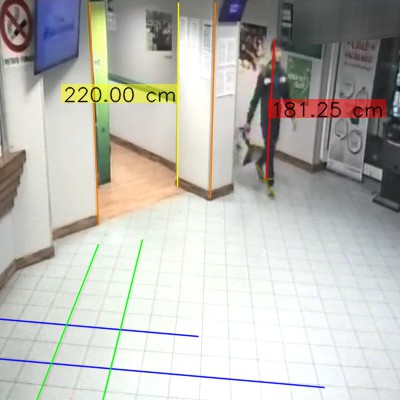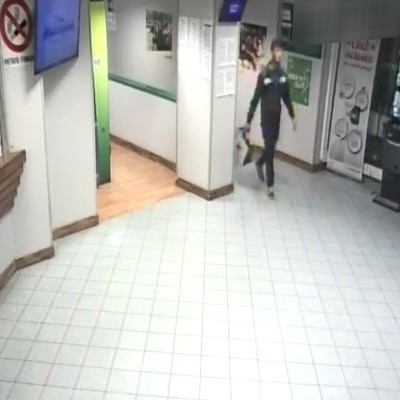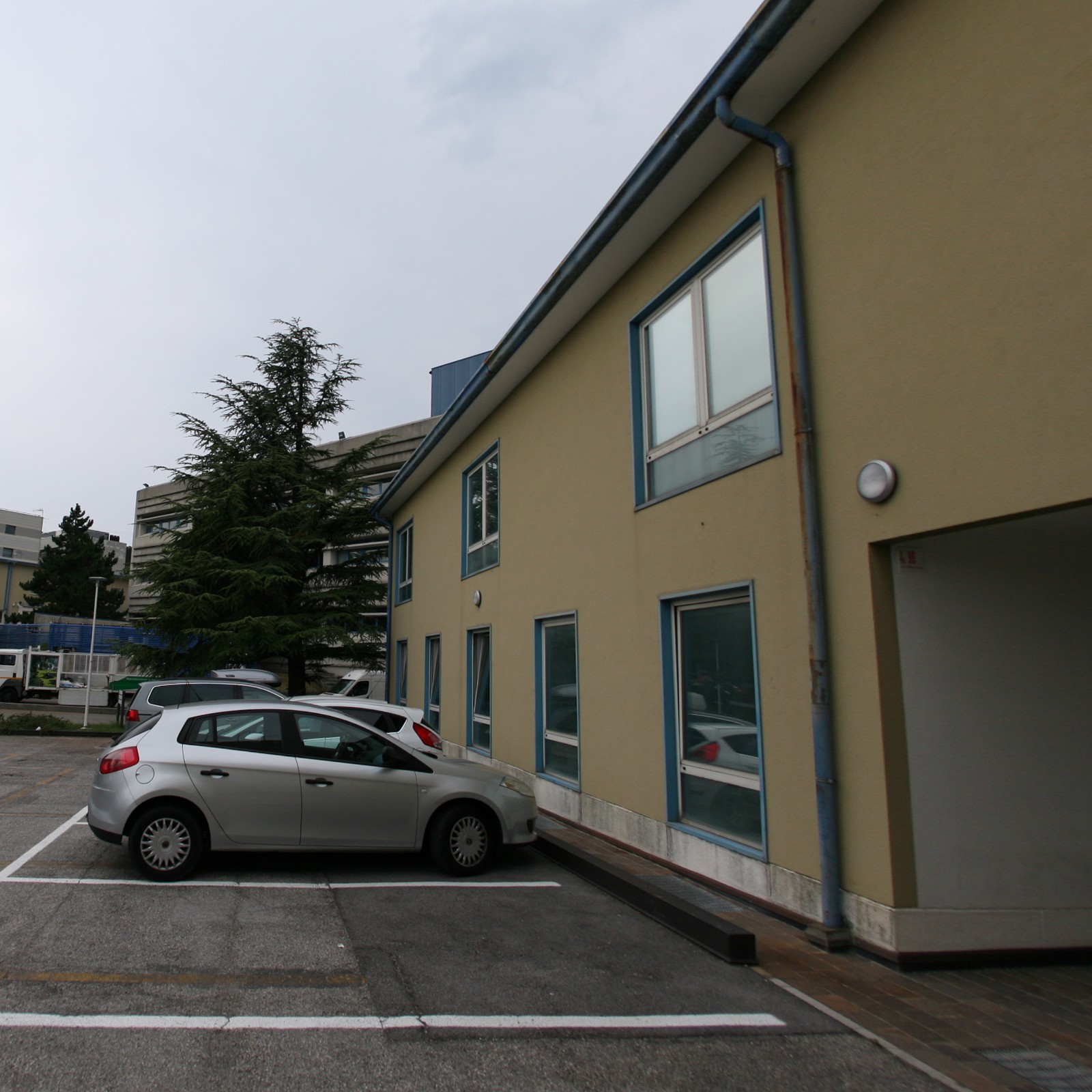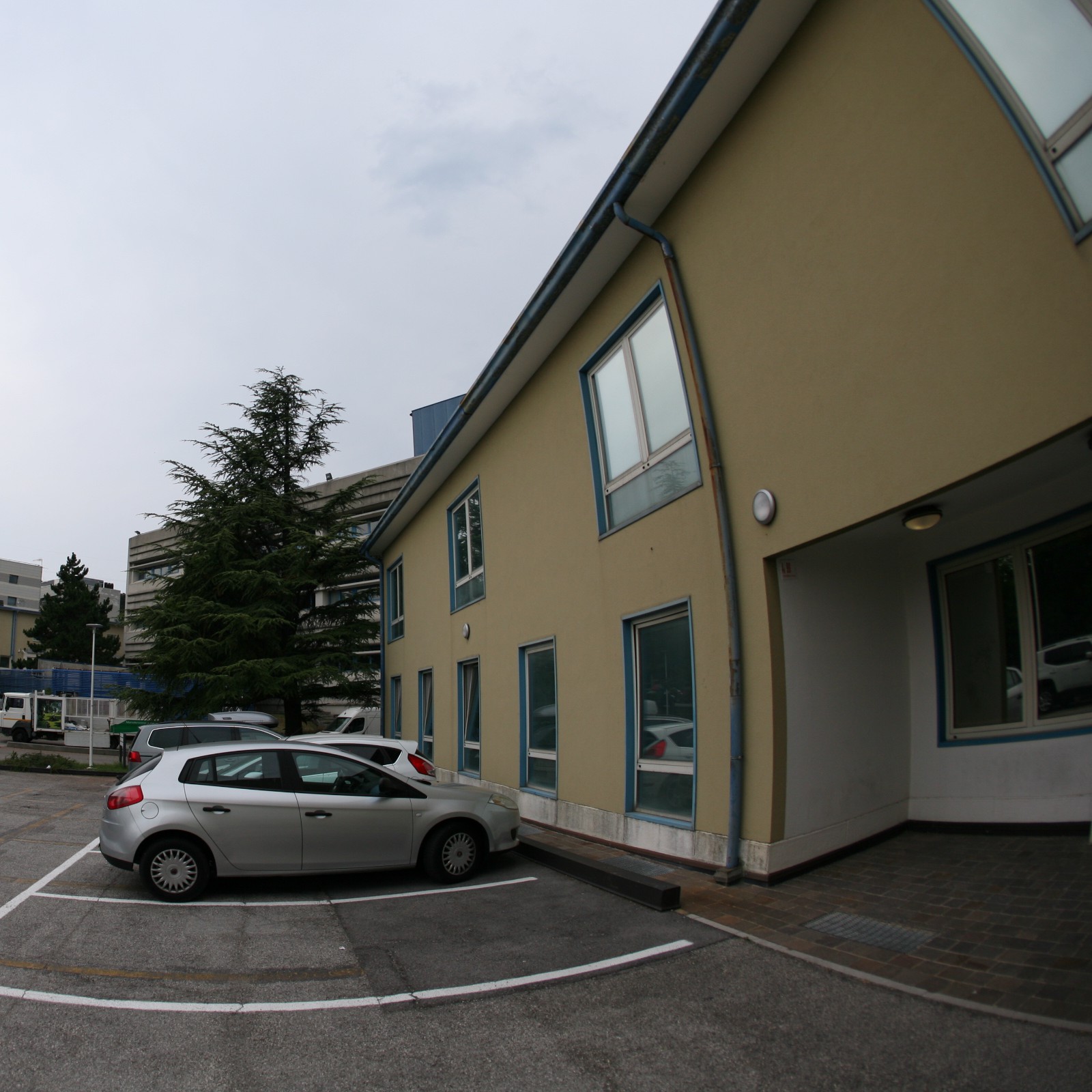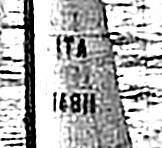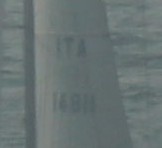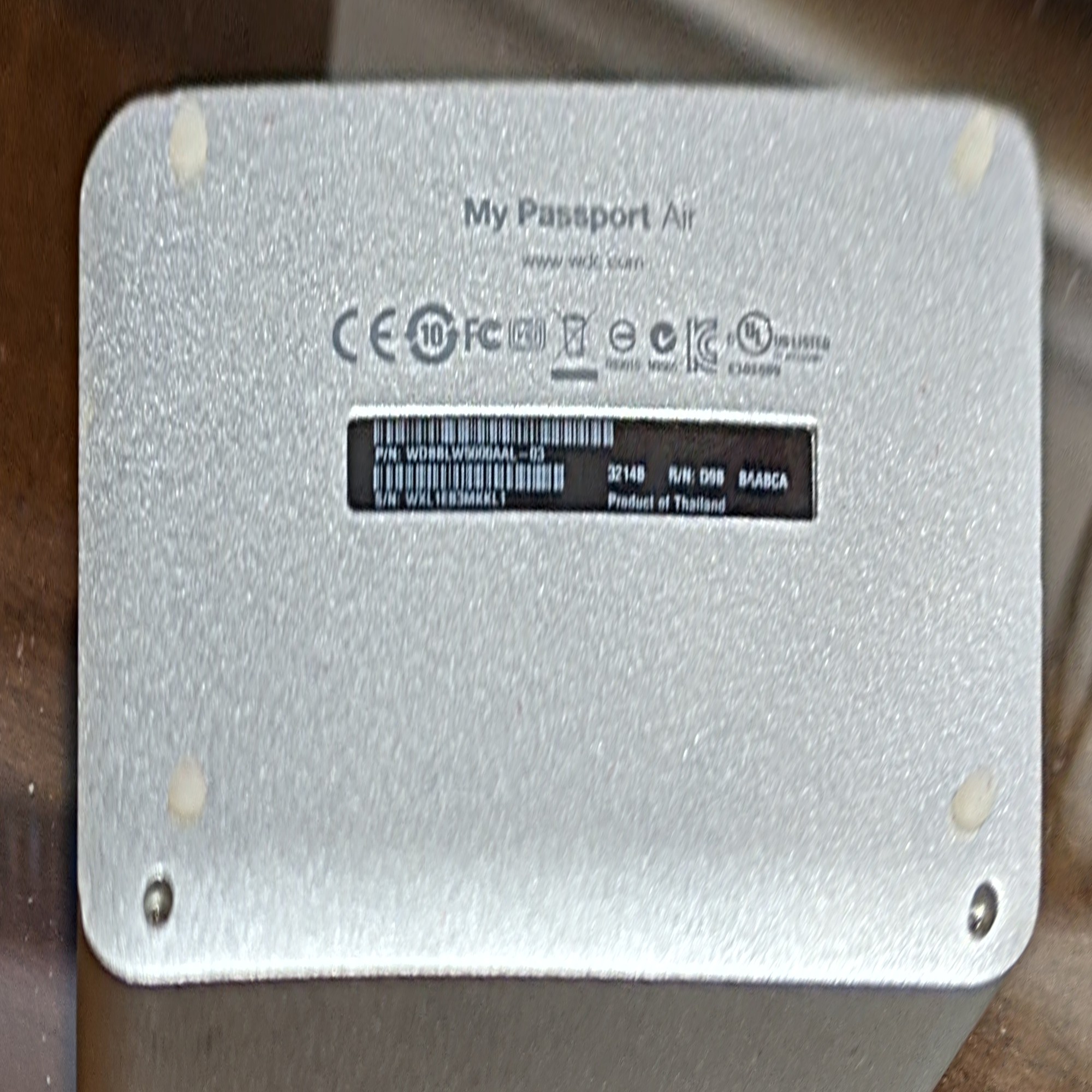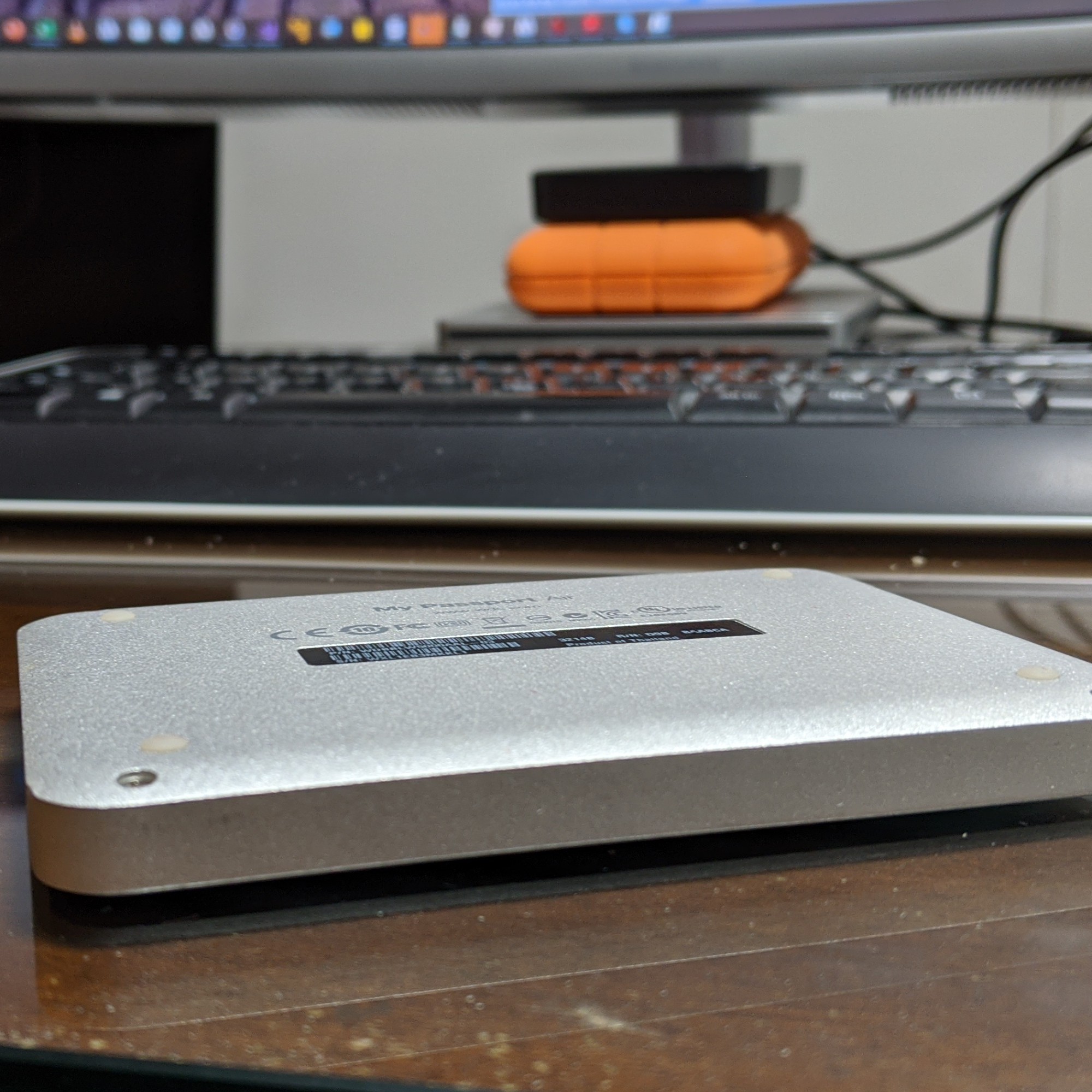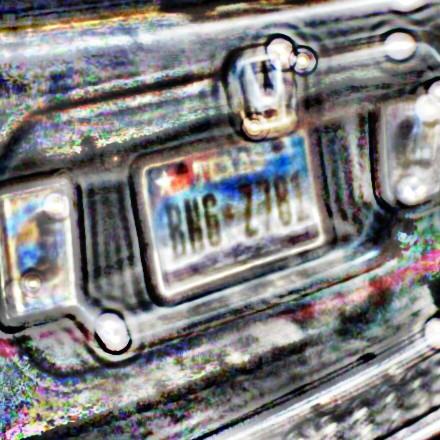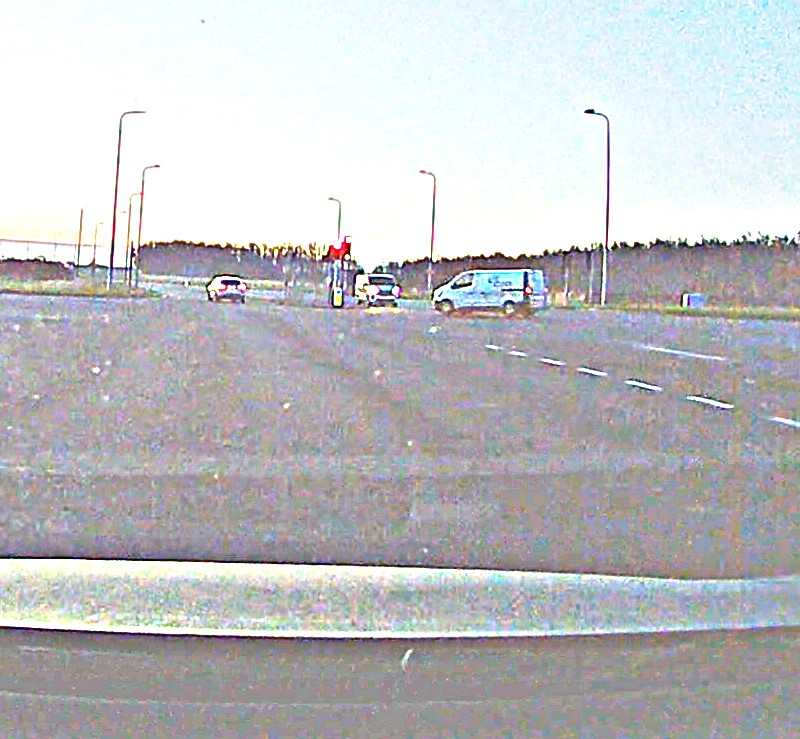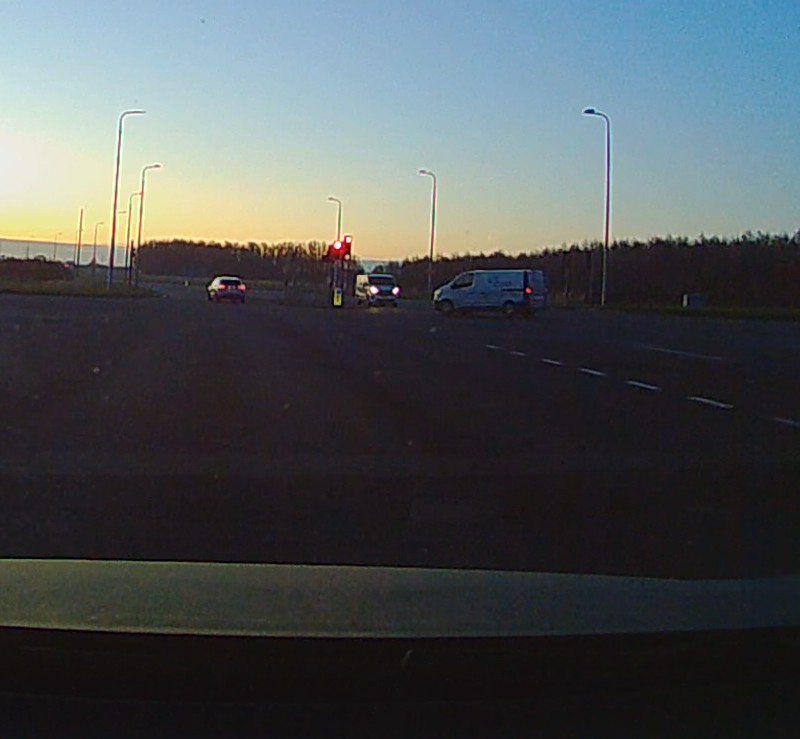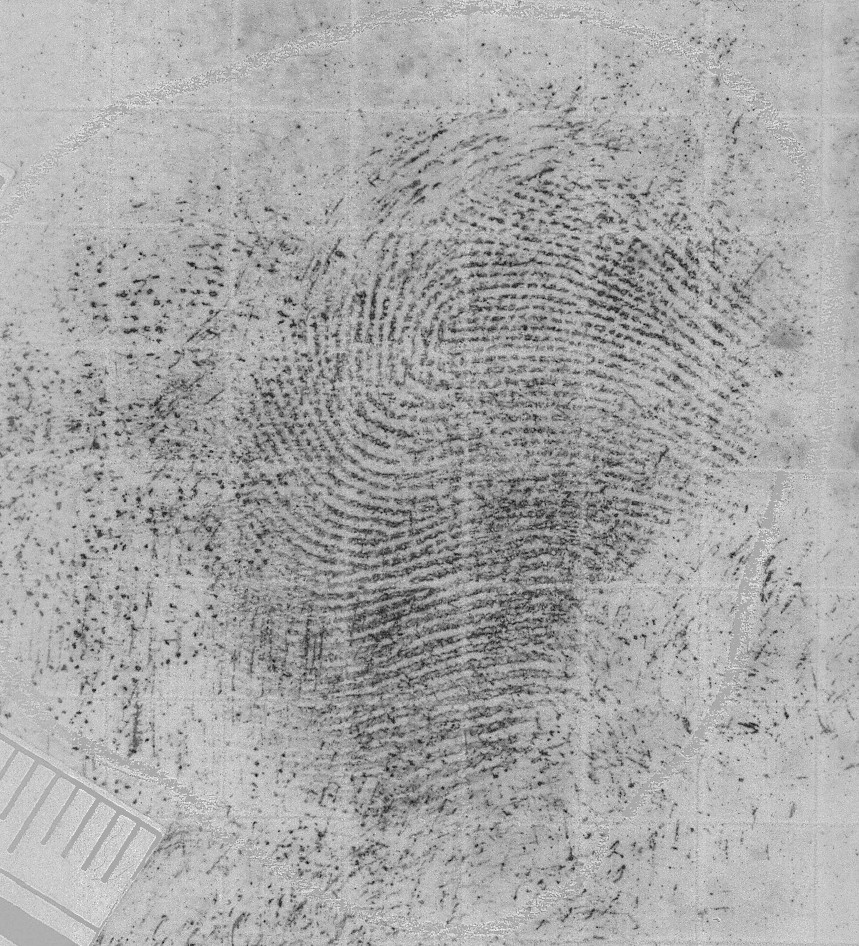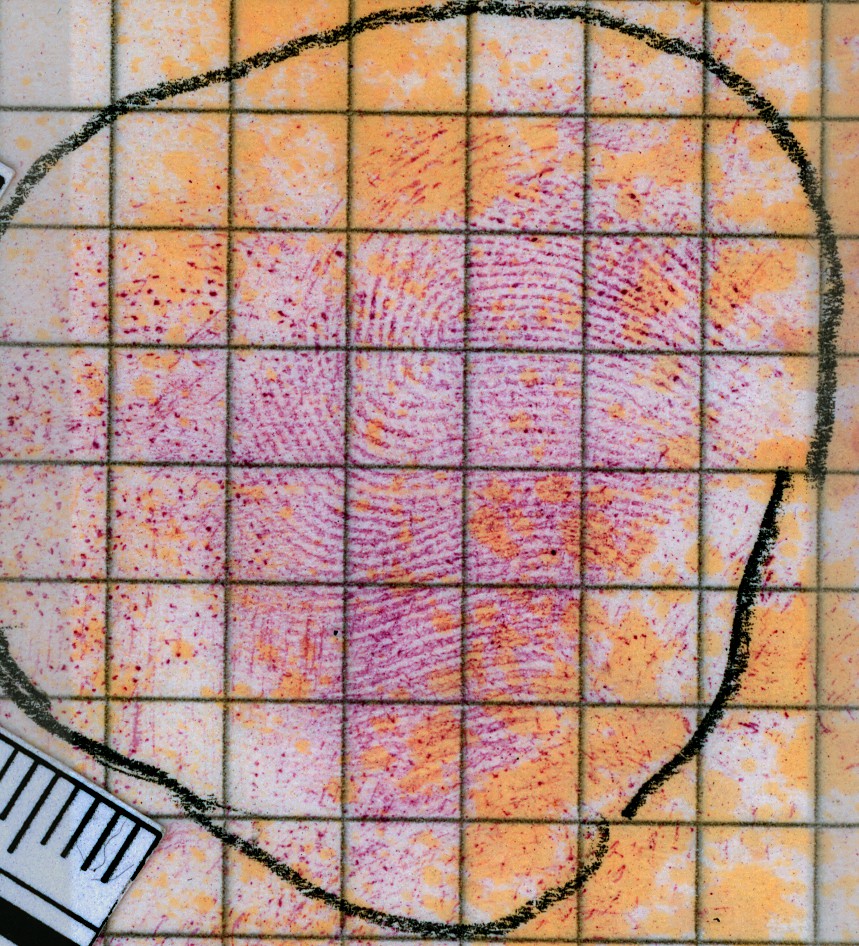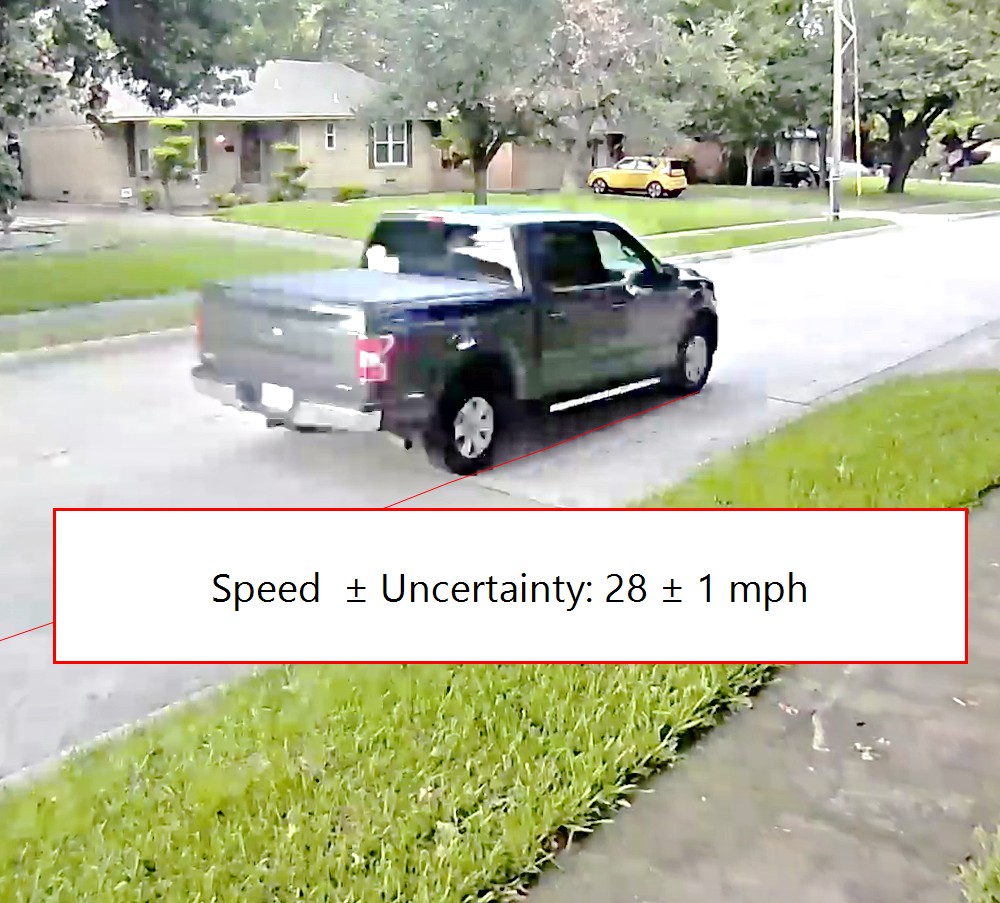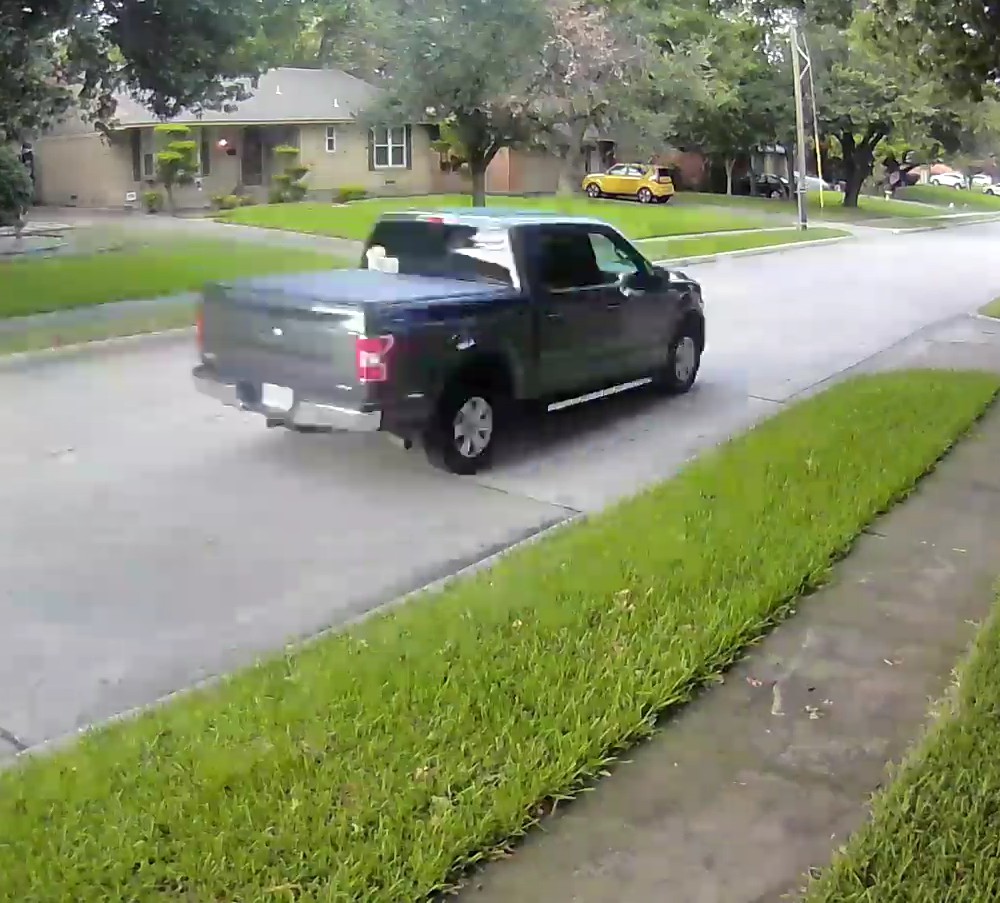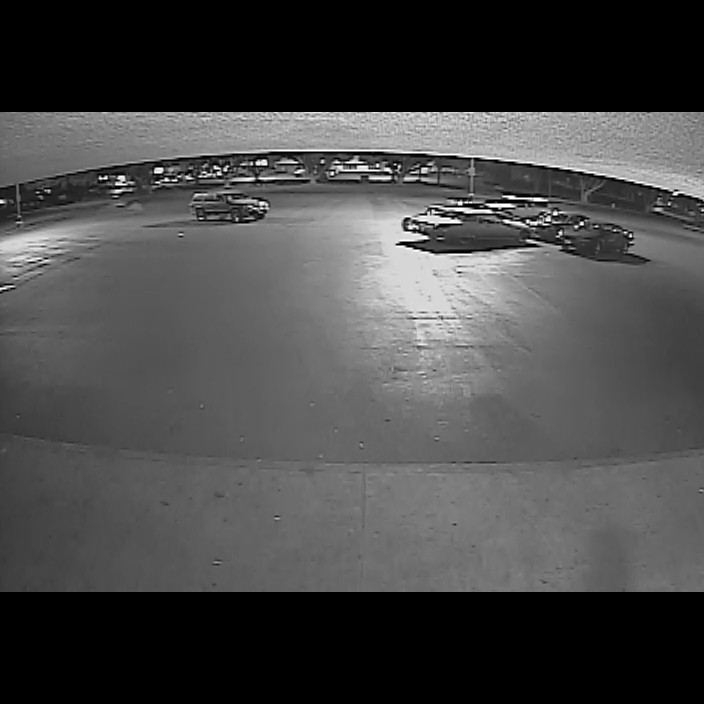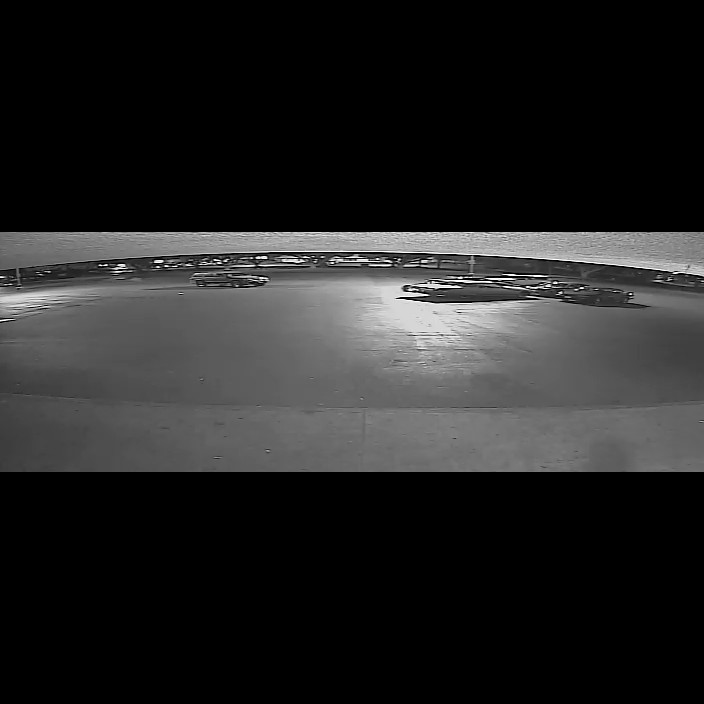FIVE
Forensic Image and Video Enhancement
Conduct investigations with advanced and fully customizable processes for conversion, restoration, enhancement, measurement, presentation, and reporting.
More than 140 filters and tools convert, process, enhance, analyze, present, and document images and videos.
Validated, used, and accepted by law enforcement, government agencies, and courts worldwide.
Works with images, videos, and most proprietary CCTV/DVR formats.
Generate automatically a detailed scientific report that is admissible in court.
Complete
Image and video forensic software
Courtroom admissable report
Accurate
Repeatable
Reproducible
Amped FIVE meets the needs of judicial systems worldwide, by using scientifically validated algorithms, and producing a report with all the processing steps, settings, and algorithms used in the analysis. This reporting feature is extremely valuable to validate the integrity of video evidence in order to be admissible in court.
Validated
Accepted by government agencies, ISO-accredited labs and legal systems worldwide.
Forensically sound
Scientific-based software for forensic image and video enhancement
The complete workflow
Used by
Amped FIVE is used by forensic labs, law enforcement, government, military, and security organizations worldwide. Municipalities, court experts and private companies working in the forensic and investigative fields also benefit from this solution.
- 100+ countries worldwide
- 2800+ licenses and seats sold
- 1200+ organizations in public safety and national security
- 2400+ people trained on our products

140+ filters and tools
Enhancing images and videos has never been easier
More than 140 filters and tools, to analyze, restore, and enhance digital images and videos. Amped FIVE has the ability to stabilize shaky videos, correct blurred details or adjust noise and lighting issues. Specialized features include super resolution, redaction, photogrammetry, stabilization, perspective correction, object tracking, deblurring, motion detection and much more.
Deblur a moving car
Learn moreIntegrate multiple frames to improve visibility
Learn moreCorrect the perspective of a license plate
Learn moreSuper-resolution from different perspectives
Learn moreFrame integration on a dark CCTV video
Learn moreVideo deinterlacing
Learn moreRemove periodic noise from an image
Learn moreEnhance a backlit image
Learn moreUnroll a 360 camera
Learn moreMulti-frame super resolution
Learn moreDeblur a noisy picture to read text
Learn moreMeasure heights from surveillance video
Learn moreCorrect optical distortion
Learn moreEnhance details in poor-contrast images
Learn moreCorrect the perspective of objects
Learn moreEnhance a degraded license plate
Learn moreIncrease exposure of dark images
Learn moreSeparate a fingerprint from the background
Learn moreMeasure speed from surveillance video
Learn moreCorrect the aspect ratio of CCTV footage
Learn moreWhat’s the right filter for the job?
Supports the majority of formats
Image and video
Amped FIVE supports the majority of formats of image and video data retrieved from various multimedia sources (including audio streams) from CCTV and DVR systems, body-worn cameras, dash cameras, drones, mobile phones, fingerprints, documents, and much more.
For the video files that cannot yet be played in Amped FIVE, users can contact our team to analyze them and possibly support the formats in the software. Support for proprietary video file formats is continuously updated according to end-user requests.
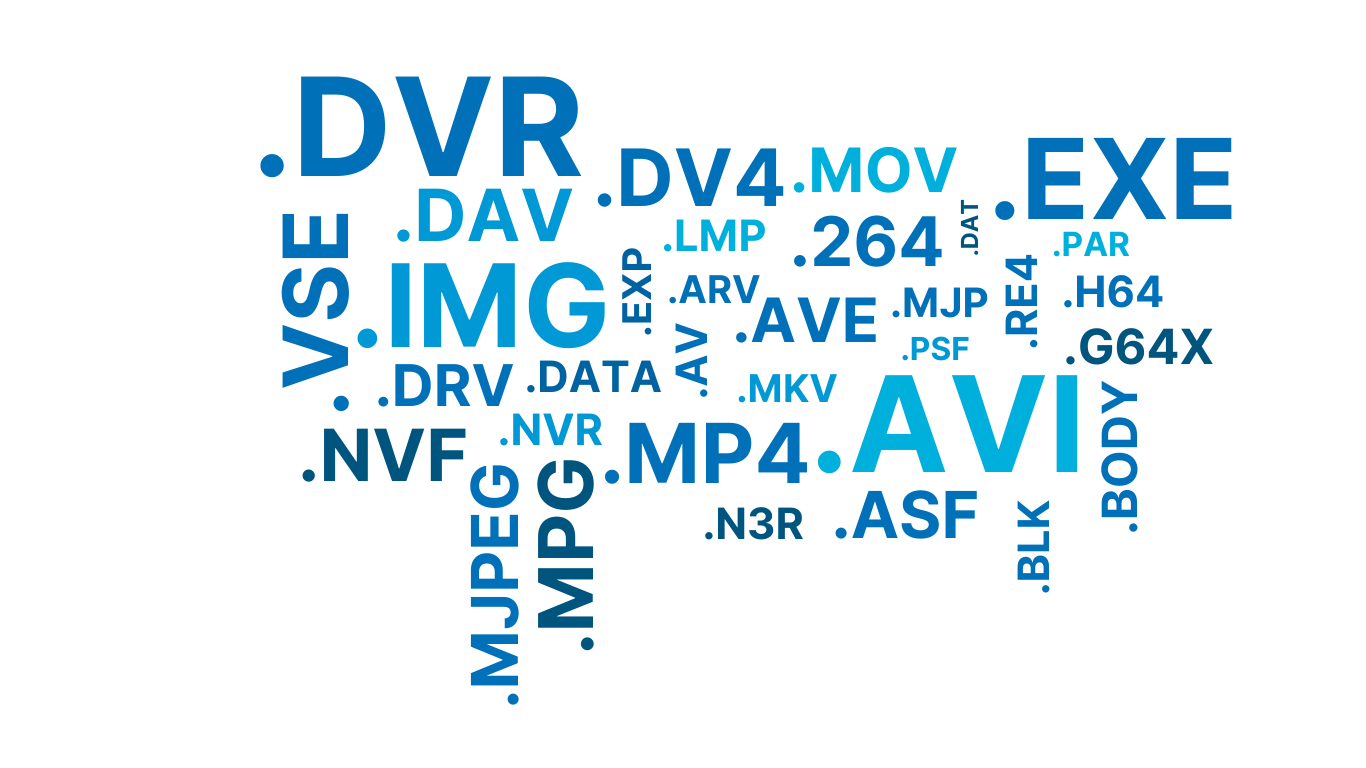
Amped FIVE
Team subscription
For teams of four or more forensic video analysts
From our
Blog
FAQ
What is Amped FIVE?
Amped FIVE is the complete image and video forensics software, acclaimed for its reliability and workflow efficiency. Amped FIVE was designed to answer the need to provide solid, scientific-based forensic image and video enhancement for worldwide legal systems.
Image and video analysts worldwide have contributed to the development of the software used today, ensuring all aspects of the investigation process can be completed within a single application. Developed specifically for forensics, public safety and national security, this all-in-one solution has more than 140 filters and tools, to convert, process, enhance, analyze, present and document images and videos.
Who uses Amped FIVE?
Amped FIVE is used by forensic labs, law enforcement, government, military, and security organizations worldwide. Municipalities, court experts and private companies working in the forensic and investigative fields also benefit from this solution.
Why Amped FIVE?
Digital videos and images have become crucial sources of evidence in criminal cases.
However, they are often not used to their full potential due to format issues, quality, resolution, or other problems. Amped FIVE gives users the ability to enhance and reveal hidden information within video and image evidence, such as correcting the motion blur effect on an individual’s face or enhancing a license plate to reveal previously unidentifiable characters.
How does Amped FIVE work?
With a logical and nondestructive workflow, Amped FIVE has the ability to stabilize shaky videos, correct blurred details or adjust noise and lighting issues. It also offers specialized features such as super resolution, redaction, photogrammetry, optical distortion and aspect ratio correction, perspective correction and alignment in multiple frames.
Can the report be used as evidence in the courts?
Amped FIVE meets the needs of judicial systems worldwide, by using scientifically validated algorithms, and producing a report with all the processing steps, settings, and algorithms used in the analysis. It validates the reliability of the digital evidence in order to be admissible in court.
On which PCs can it be used?
Works on a laptop in the field as easily as on a desktop in the lab. Amped FIVE is compatible with standard PCs (Windows 7/8/10, 32-bit and 64-bit versions), and the installation and activation process is quick and easy.
Does it require the use of additional plug-ins, third-party software, or special hardware to operate?
Amped FIVE is a single solution and does not require additional plug-ins, third-party software or special hardware.
